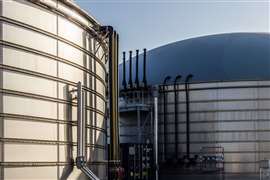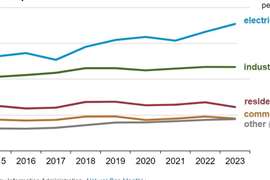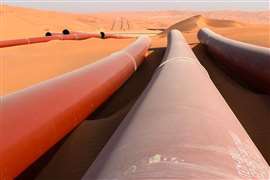Miba gets in the groove
04 May 2021
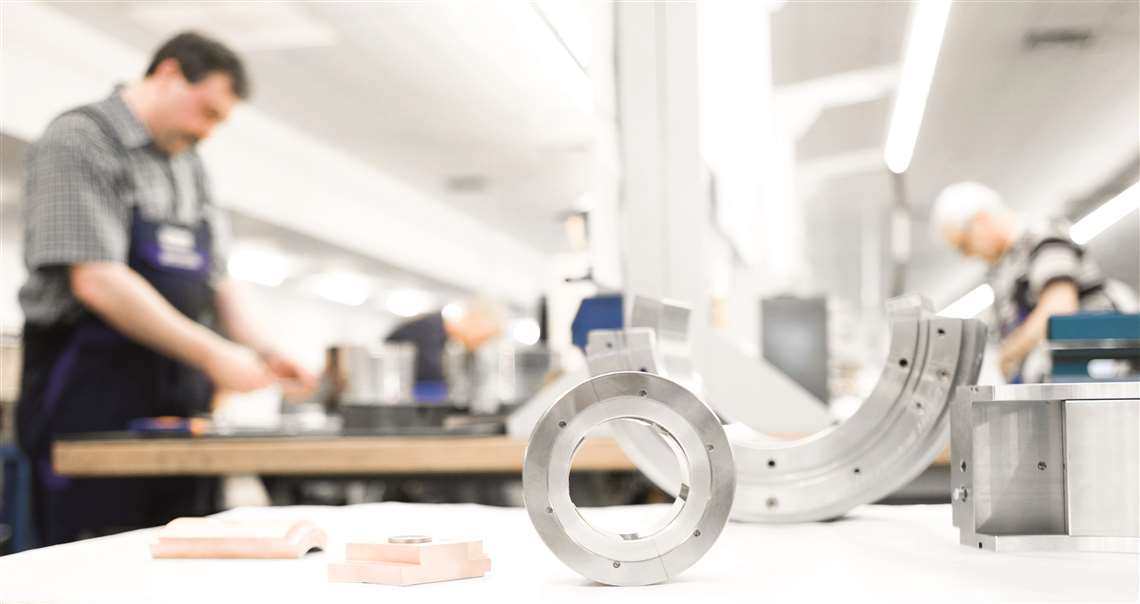 Miba bearing production in Germany.
Miba bearing production in Germany.
Miba Industrial Bearings never stops thinking about ways to improve bearings and their performance. The component plays a critical role in the operation of rotating equipment, and Miba’s latest development considerably pushes the limits of bearings and their respective applications, the company said.
That development is eddy groove technology, a concept designed to significantly lower maximum oil film and bearing metal temperatures to improve rotating equipment performance. Eddy groove bearings feature robust grooves of particular shapes arranged in a particular pattern machined into a special area of the bearing pad material.
“The increase of heat dissipation from the loaded pads/areas of the bearing is the key to improving bearing performance,” said Stephan Faulhaber, technical manager at Miba. “We achieve this by disturbing the laminar flow regime in the oil film with Miba eddy grooves and convert it into a turbulent flow. The radial flow components of turbulence act like an increase of the thermal conductivity of the oil film and thereby improve the heat exchange of areas with temperature loads and cooler areas.”
Always improving
Faulhaber said Miba’s main focus is on improving bearing performance. The motivation comes from its customers, who seek bearings with increased load-carrying capacity or power density. Increasing performance, however, can come with negative effects regarding bearing integrity.
The key, Faulhaber said, is to provide better performance without hurting the reliability of a machine’s critical components. The eddy groove technology allows Miba to find this desired sweet spot.
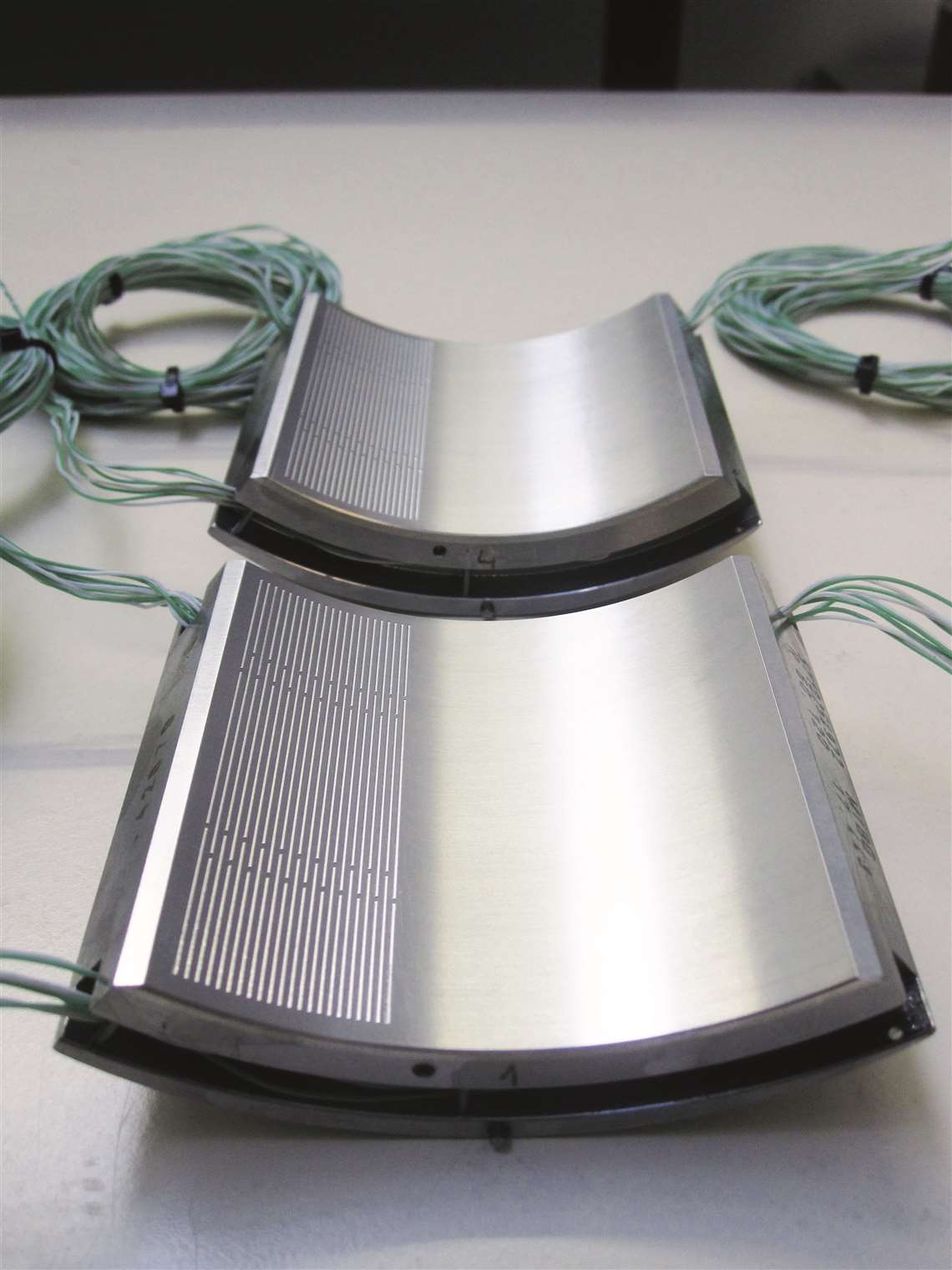 Miba bearings with machined eddy grooves.
Miba bearings with machined eddy grooves.
“We can push performance limits upwards without changing the bearing design or bearing housing design and thus maintain or even improve the reliability and operational safety of the bearings and the turbomachine,” Faulhaber said.
The eddy groove technology was tested at Miba’s Göttingen, Germany site, which features two bearing test benches for radial bearings. The test bench configuration can examine bearings in a power range up to 125 m/s circumferential speed (less than 20,000 rpm) at specific static loads of up to 10 MPa (maximum static load – 63 kN) and dynamic loads of up to 5 kN.
Additional benefits of the eddy groove technology include increasing the safety margin of the bearing and slowing the aging process of the lubricating oil; operating bearings at higher loads without increasing maximum temperatures; and decreasing the bearing diameter or axial length to reduce the power loss and rate of oil supply without increasing bearing temperatures.
The technology also allows bearings to take on a more compact size than traditional bearings, yet still reach the same temperature level. This is valuable in equipment that has limited space for the bearing housing, such as compressors Faulhaber said.
“The advantages of this technology can be used in different ways,” he said. “Our primary goal is to show customers the new opportunities they have using this design.”
Eddy groove technology, however, isn’t limited to journal bearings. Faulhaber said Miba plans to expand this technology to thrust bearings.
“Provided the tests are as successful, we are aiming for a market launch of Miba eddy grooves for thrust bearings soon,” he said.
This story first appeared in the April issue of COMPRESSORTECH2. For a free subscription, click here.



